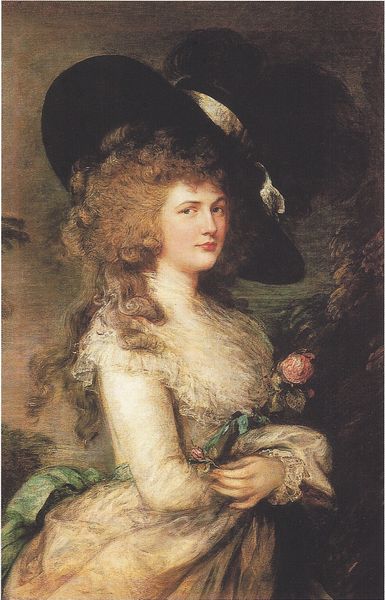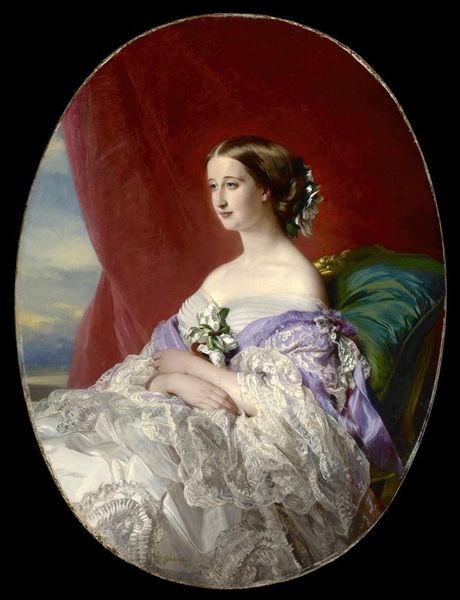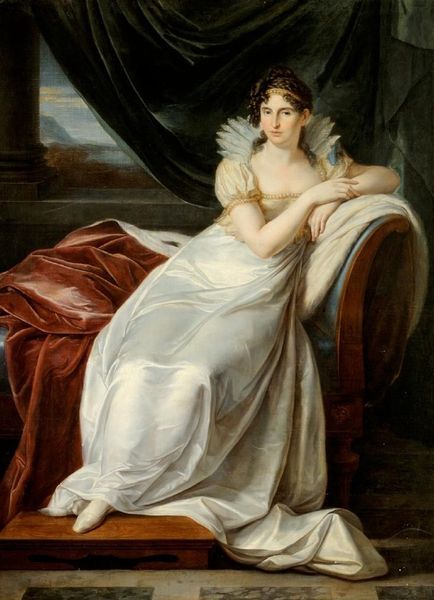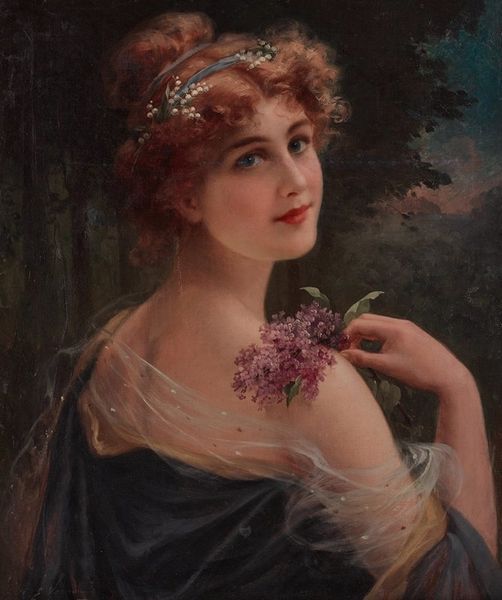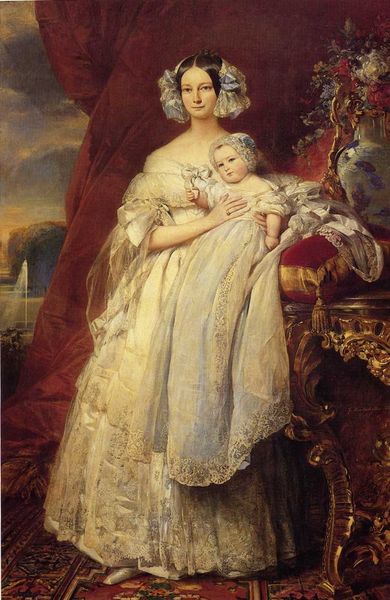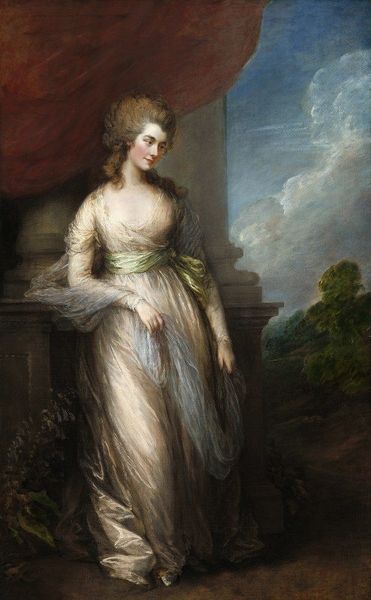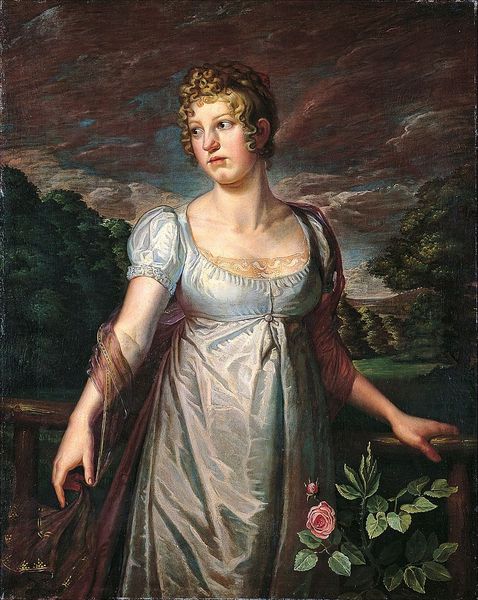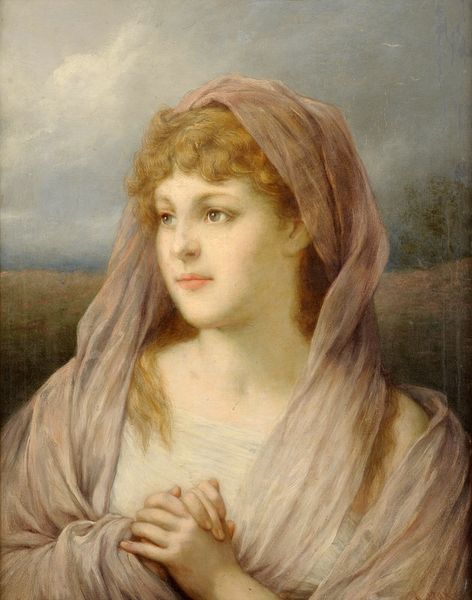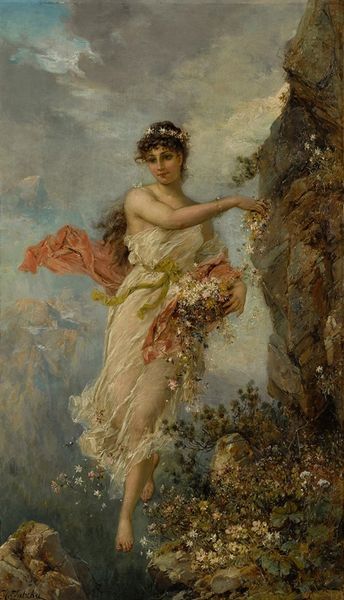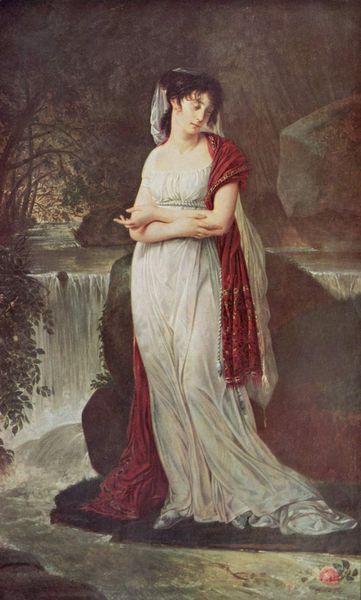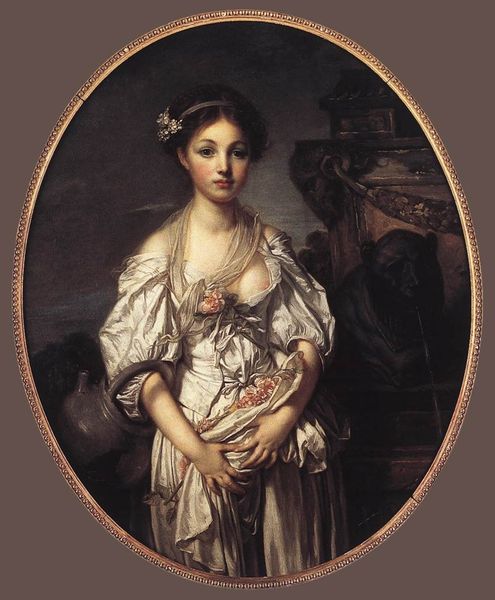
painting, oil-paint
#
portrait
#
allegory
#
painting
#
oil-paint
#
figuration
#
romanticism
#
mythology
#
portrait drawing
#
history-painting
#
nude
Copyright: Public domain
Editor: So, this is "The Spring" by Franz Xaver Winterhalter, and it’s oil on canvas. It's a bit saccharine, I think, but undeniably pretty with all the light colors and the flowers. I'm curious about your perspective – what jumps out at you when you see it? Curator: Beyond its prettiness, I immediately think about the materials involved and the conditions of their production. Where did Winterhalter source his pigments? Who ground them, mixed them? This wasn't a solo endeavor. The shimmering quality, achieved through layers of oil paint, represents not just skill, but access to resources and the labor of many hands. Editor: That's fascinating, something I hadn't considered! The material production line, almost like a factory. Curator: Precisely. And what about the canvas? Consider the flax cultivation, weaving, and priming – an entire industry supporting the creation of this "high art." The drape of the figure’s dress, meticulously rendered, also points to the contemporary textile production and its consumerism within a rapidly industrializing society. Do you think that affects how we view its beauty? Editor: Absolutely. Knowing the layers of labor and materials gives the image a new weight. I hadn't thought about the textiles themselves! I was so focused on the 'fine art' aspect. Curator: The materiality challenges the idealized vision, doesn't it? It asks us to consider the socio-economic structures underpinning even the most seemingly ethereal images. We move past mere appreciation, and instead, interrogate the modes of production and their cultural significance. Editor: I’ll never look at another oil painting the same way. It's a whole world hidden within the surface. Curator: Indeed, the history isn't just what's depicted; it’s embedded in the very stuff of the art itself.
Comments
No comments
Be the first to comment and join the conversation on the ultimate creative platform.
